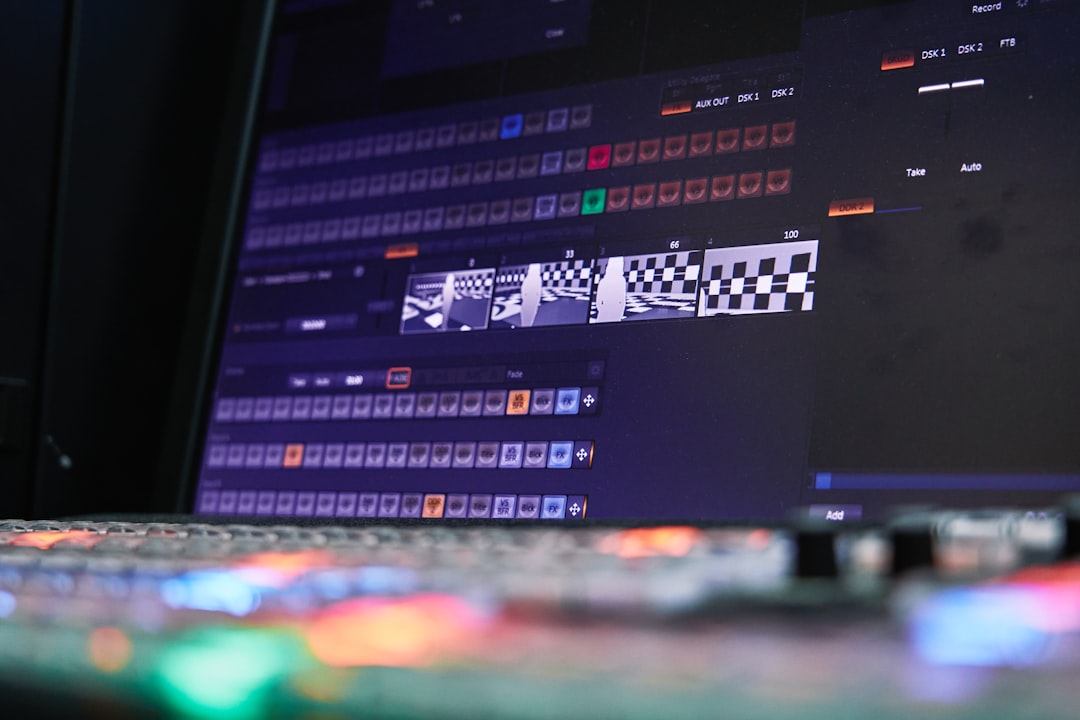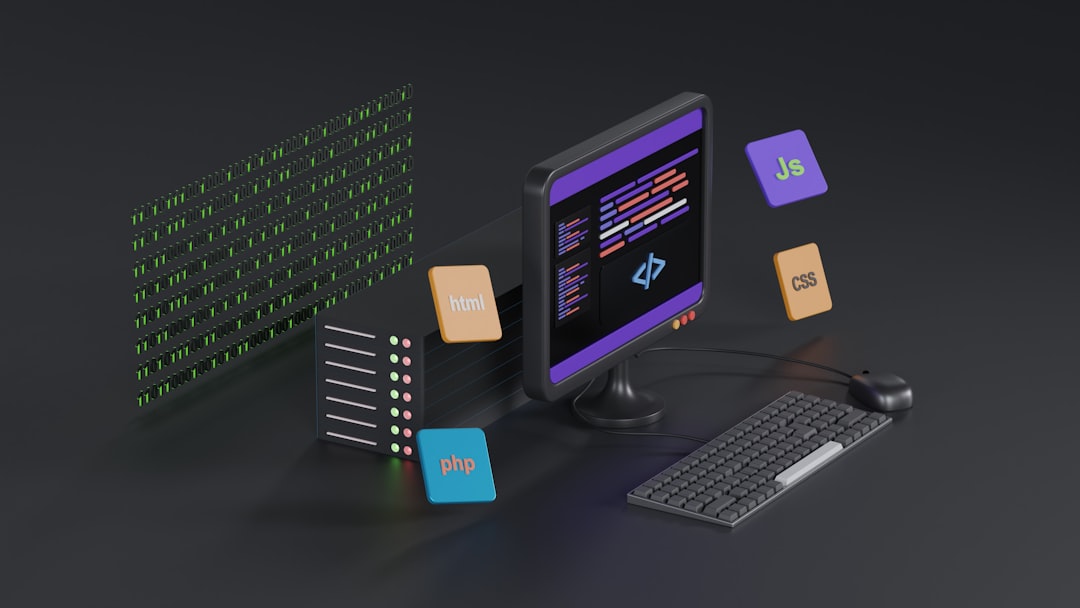Ever wonder how YouTube, Netflix, or TikTok manage to deliver high-quality videos without eating up all your internet data? Or how your phone magically improves a blurry video? It’s not sorcery — it’s video compression and AI enhancements working behind the scenes!
Let’s dive into how these systems work. Don’t worry, we’ll keep it simple, fun, and full of easy examples.
- Why Do We Need Video Compression?
- Two Main Types of Compression Lossless compression: Keeps all the data. Less compression, better quality. Big file size. Lossy compression: Removes data we’re unlikely to notice. Smaller file, some quality loss.
- The MVPs: Key Algorithms in Video Compression
- Enter AI: The Smart Sidekick
- How These Work Together
- Popular Formats and Codecs
- Real-World Magic
- What’s Next in Video Processing?
- Closing Thoughts
Why Do We Need Video Compression?
Videos are huge. A single minute of uncompressed HD video can take up several gigabytes. That would make streaming almost impossible. So we compress videos to make them smaller and faster to transmit.
Compression shrinks video file size while trying to keep quality as high as possible. To do that, algorithms look for patterns and remove what isn’t necessary.</
Two Main Types of Compression
- Lossless compression: Keeps all the data. Less compression, better quality. Big file size.
- Lossy compression: Removes data we’re unlikely to notice. Smaller file, some quality loss.
Most streaming platforms use lossy compression. It’s a trade-off between quality and performance—and most of the time, you won’t notice the difference!
The MVPs: Key Algorithms in Video Compression
Let’s meet the all-stars that make your videos zippy and sharp.
1. Motion Estimation
This algorithm looks for movement between frames. Instead of storing every frame from scratch, it stores the difference between them.
Imagine a cat walking across your screen. Only the cat moves, right? The background stays the same. So the algorithm focuses on saving how the cat moves, not the whole image again.
This is what makes formats like H.264, H.265, and VP9 super powerful.
2. Discrete Cosine Transform (DCT)
DCT is like a magician. It turns image data into frequencies. Low frequencies matter more to the human eye; high ones, not so much.
So we keep the important low frequencies and toss out the noisy high ones. This helps reduce file size without a major quality hit.
3. Quantization
After DCT, the data still needs more shrinking. Quantization simplifies values, making them easier to compress further.
This is where “lossy” kicks in. Some details are removed, but it’s smart about what goes. Think of it like painting with fewer colors — you still see the picture, just simplified.
4. Entropy Encoding
The final step. It’s pure math and logic. Think of it as zipping up the file.
Entropy encoding (like Huffman coding) packs common patterns into short codes. The result? More shrinkage without losing accuracy.
Enter AI: The Smart Sidekick
Now, we bring in the robots! 🦾 AI is transforming how we deal with video. It’s not just about compression — it’s about making videos look better, especially when data is limited.
Think of AI as your video’s personal stylist and assistant director, improving quality and polishing each scene.
1. Super-Resolution
Ever watched a low-quality video get upscaled to HD? That’s super-resolution in action!
AI algorithms like SRCNN (Super-Resolution Convolutional Neural Network) use deep learning to fill in missing details.
The AI guesses what a high-res image should look like based on training data. It doesn’t just stretch pixels — it recreates them.
Image not found in postmeta
2. AI-Based Frame Interpolation
Want to turn a 30fps (frames per second) video into a buttery-smooth 60fps one? AI can help with that too.
Frame interpolation creates extra frames between real ones. AI predicts motion and creates the in-between action. Perfect for slow-motion scenes or smoother gameplay captures.
3. Noise Reduction and Denoising
Low-light footage is often noisy. AI can remove visual “grains” and smooth out the image.
Unlike traditional cleaning methods, AI learns what real detail looks like versus noise. So it doesn’t just blur things—it restores them!
4. Object Detection and Scene Segmentation
AI can identify parts of a video — people, objects, backgrounds — and handle them in different ways.
For example, it might compress a background with strong lossy compression while keeping a face in high detail. It’s like selective attention for better compression plus quality.
How These Work Together
Let’s illustrate how these algorithms all join forces.
- You upload a video.
- Compression algorithms shrink it down for efficient storage and streaming.
- On playback, AI kicks in to clean, upscale, and smooth out the video in real time.
This combo allows you to stream a movie in HD over mobile data—or revive an old, grainy home video to stunning sharpness.
Image not found in postmeta
Popular Formats and Codecs
Behind every video is a codec — a tool that uses these compression algorithms. Here’s a breakdown of some major players:
- H.264 (AVC): The most common codec today. Balances file size and quality well.
- H.265 (HEVC): Newer, more efficient. Saves 50% more space than H.264.
- VP9: Open-source, used by YouTube. Great for web streaming.
- AV1: Future of video compression. AI-friendly and royalty-free.
These codecs don’t just compress — many now integrate AI enhancements like smart upscaling.
Real-World Magic
Let’s say you recorded a vacation video. It’s 4K and beautiful, but huge in size. You upload it to a platform like YouTube.
Here’s what might happen:
- The server uses H.265 to compress the video.
- Only tiny differences between frames are saved, thanks to motion estimation.
- The video is sliced into frequencies and simplified with DCT and quantization.
- During playback, AI tools enhance your video, clean up noise, and upscale it for better viewing.
All these steps happen in seconds — while you sit back with popcorn. 🍿
What’s Next in Video Processing?
Compression and AI will only get better. Soon we might see:
- Real-time enhancement on mobile devices
- Edge-based smart compression that chooses what parts of a video to compress harder
- Smarter AI assistants that personalize playback quality based on your preferences

Closing Thoughts
Next time you’re watching a crisp video on a dodgy Wi-Fi signal, thank the nerdy wizards behind these algorithms. From bit-slicing magicians like DCT, to AI-powered super-resolution… it’s a symphony of science!
You don’t need to understand every tiny detail—but now, you’ve got the big picture. 📽️
So hit play, sit back, and enjoy the high-tech magic at work!



Leave a Reply